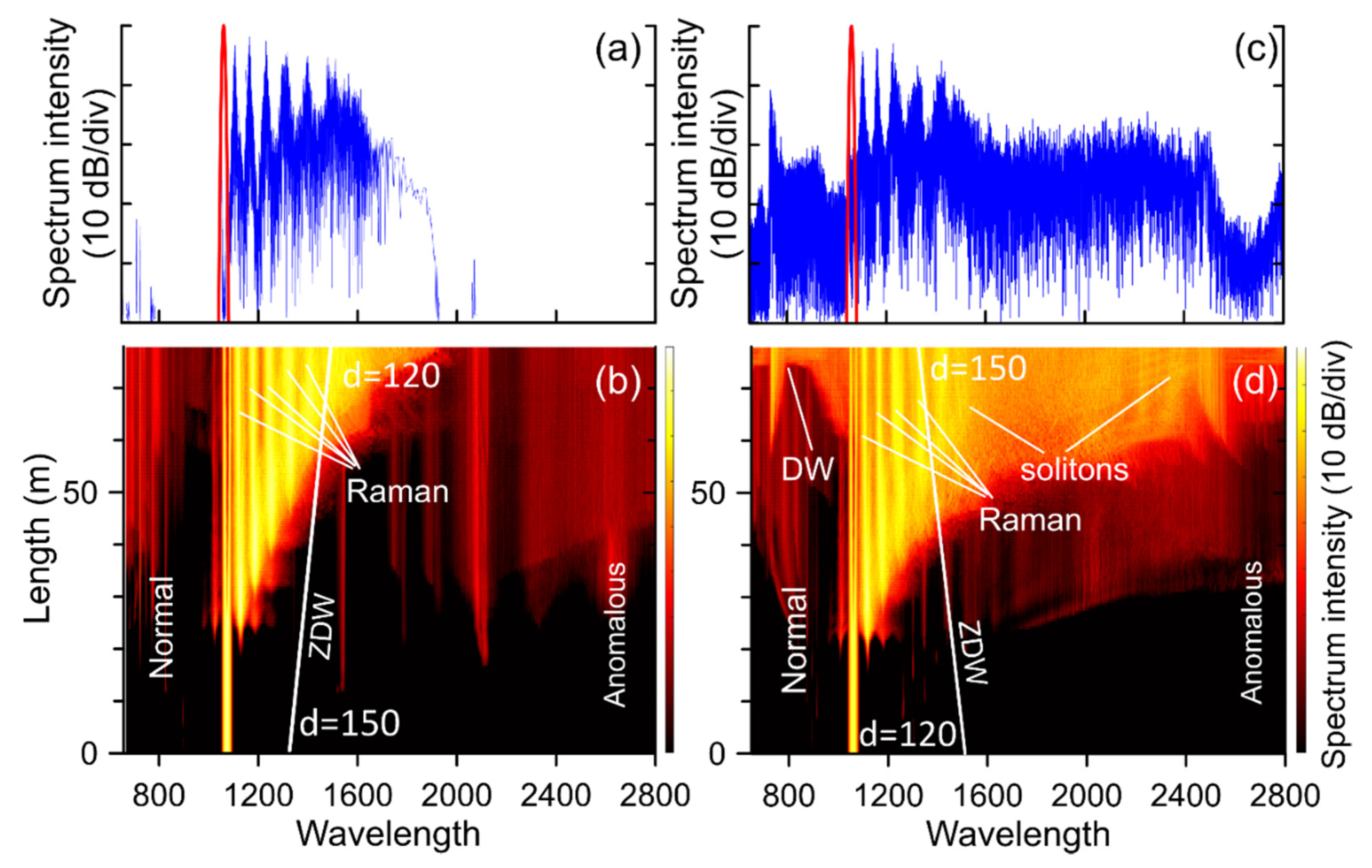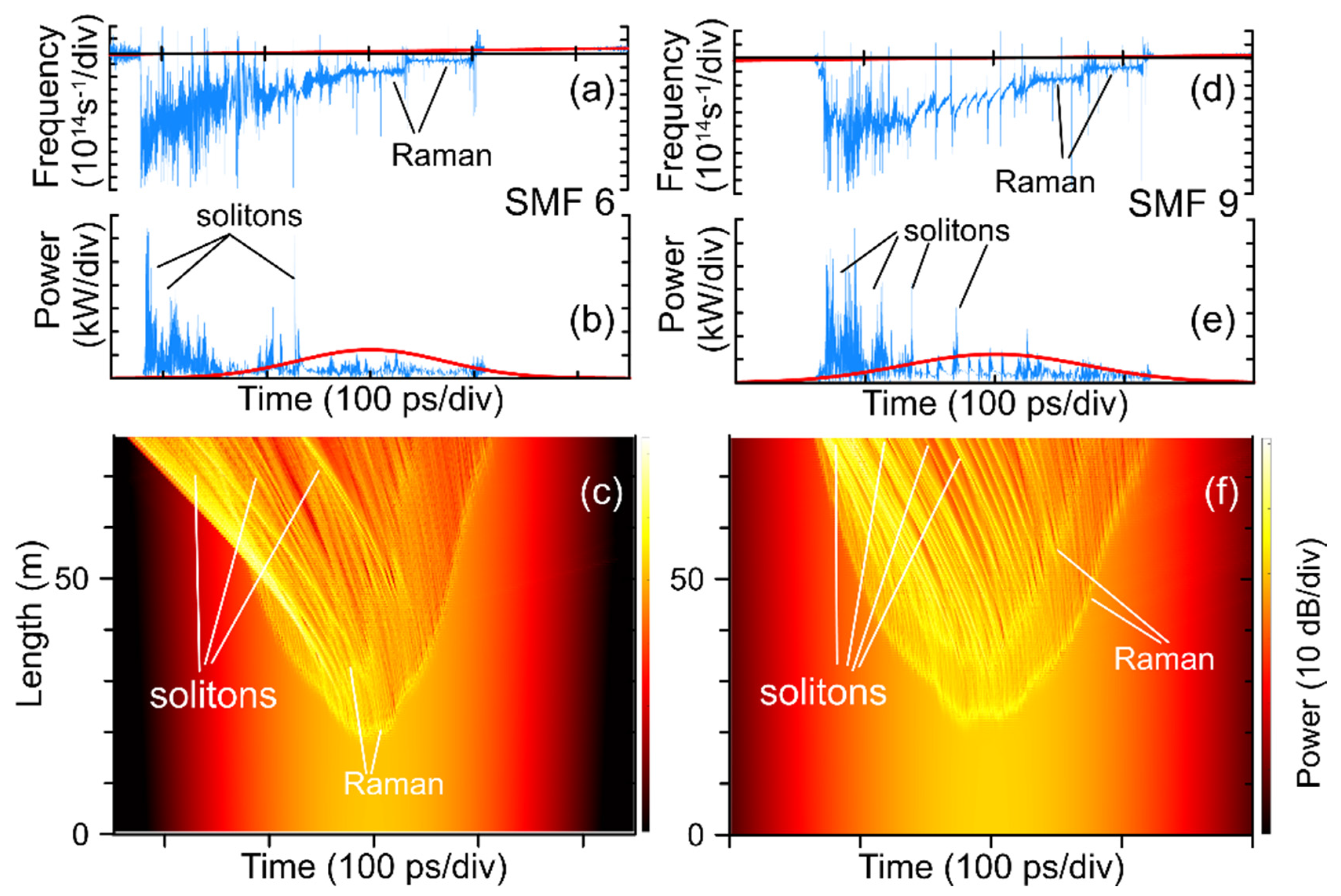Contents

Source: MDPI
Understanding Dispersion-Decreasing Fibers
Introduction to Dispersion-Decreasing Fibers
Dispersion-decreasing fibers are a specialized type of optical fiber characterized by a reduction in chromatic dispersion along the direction of light propagation. This unique property is achieved by gradually altering the fiber’s physical dimensions, such as its diameter, during the manufacturing process. This change affects the waveguide dispersion, leading to the desired decrease in overall dispersion.
These fibers can be developed from standard single-mode fibers or more advanced photonic crystal fibers. The gradual tapering of the fiber diameter is a critical factor in achieving the dispersion-decreasing effect. Despite their potential, the complexity involved in their fabrication and handling has limited their widespread adoption.
Applications in Soliton Pulse Compression
One of the primary applications of dispersion-decreasing fibers is in the adiabatic compression of soliton pulses. Solitons are self-reinforcing solitary waves that maintain their shape while traveling at constant speed. In optical fibers, solitons adapt their parameters, such as pulse duration, to match the fiber’s properties. This adaptability is particularly useful in achieving adiabatic soliton compression, where the pulse duration decreases in response to the decreasing dispersion.
For successful adiabatic compression, the variation in dispersion must be sufficiently gradual. This allows the soliton to continuously adjust its characteristics without abrupt changes, ensuring effective pulse compression.
Challenges and Considerations
Despite their promising applications, dispersion-decreasing fibers present several challenges. The fabrication process requires precise control over the fiber’s dimensions and properties, making it technologically demanding. Additionally, handling these fibers can be complex due to their sensitivity to environmental conditions and mechanical stresses.
Researchers and engineers continue to explore innovative methods to overcome these challenges, aiming to unlock the full potential of dispersion-decreasing fibers in various optical applications.
Future Prospects
As advancements in fiber optics continue, the potential applications for dispersion-decreasing fibers are likely to expand. Their ability to facilitate efficient pulse compression and other optical phenomena positions them as valuable components in high-speed communication networks and advanced laser systems.
Ongoing research and development efforts are expected to enhance the manufacturability and performance of these fibers, paving the way for broader adoption in the future.
Conclusion
Dispersion-decreasing fibers represent a fascinating area of study within the field of photonics. Their unique ability to control dispersion along the propagation path offers significant advantages for applications requiring precise pulse management. While challenges remain, the ongoing exploration of these fibers promises exciting advancements in optical technology.

Source: MDPI
Feel free to comment your thoughts.



